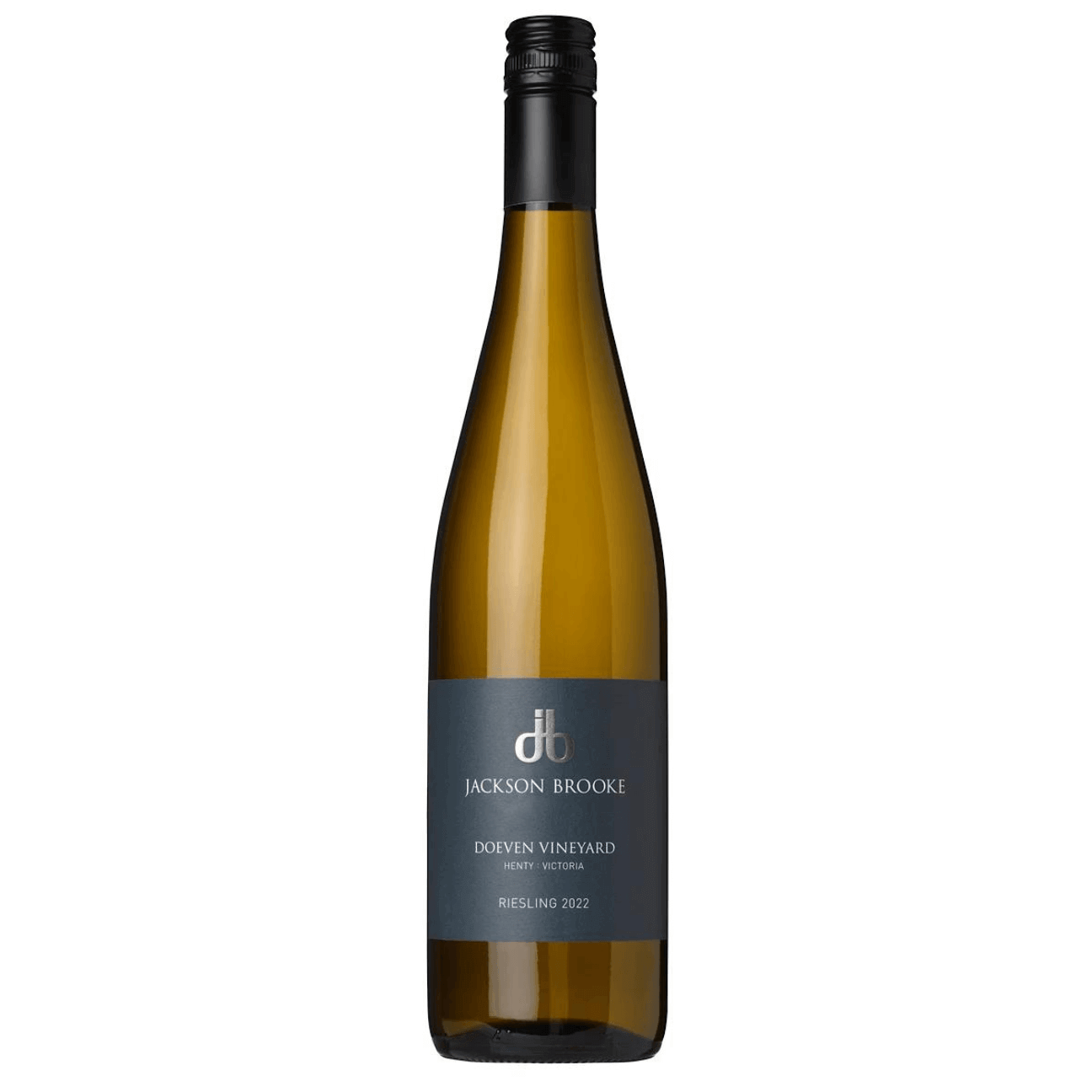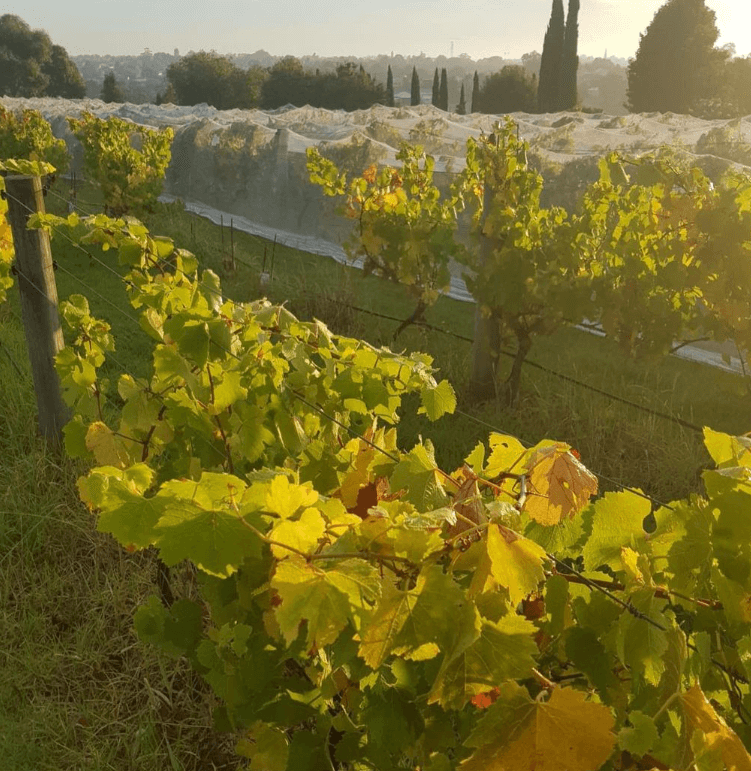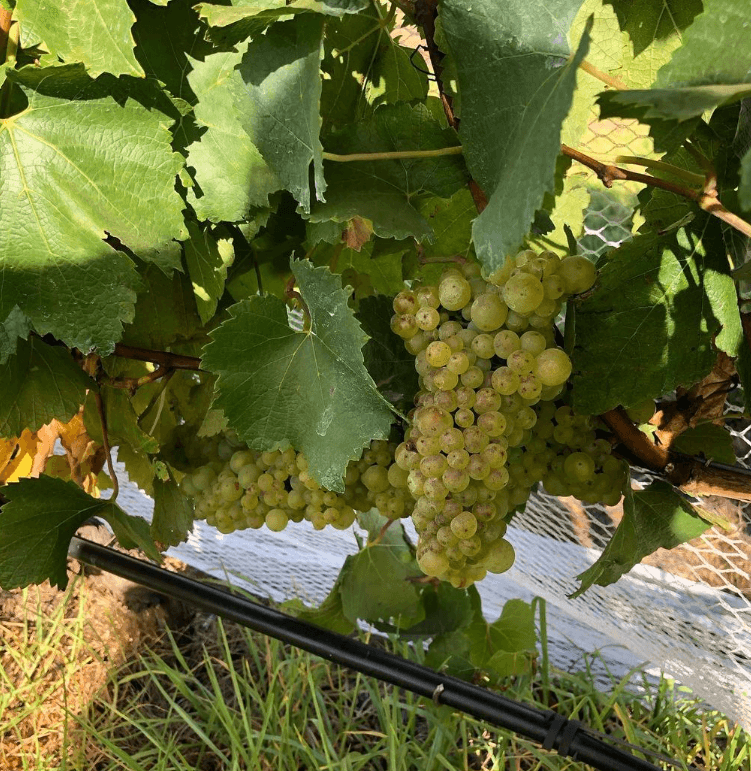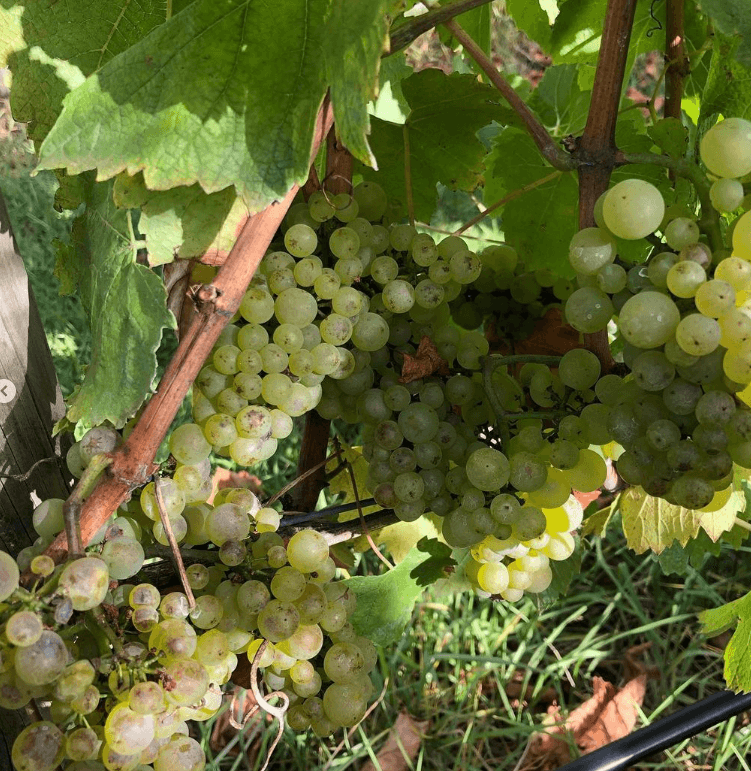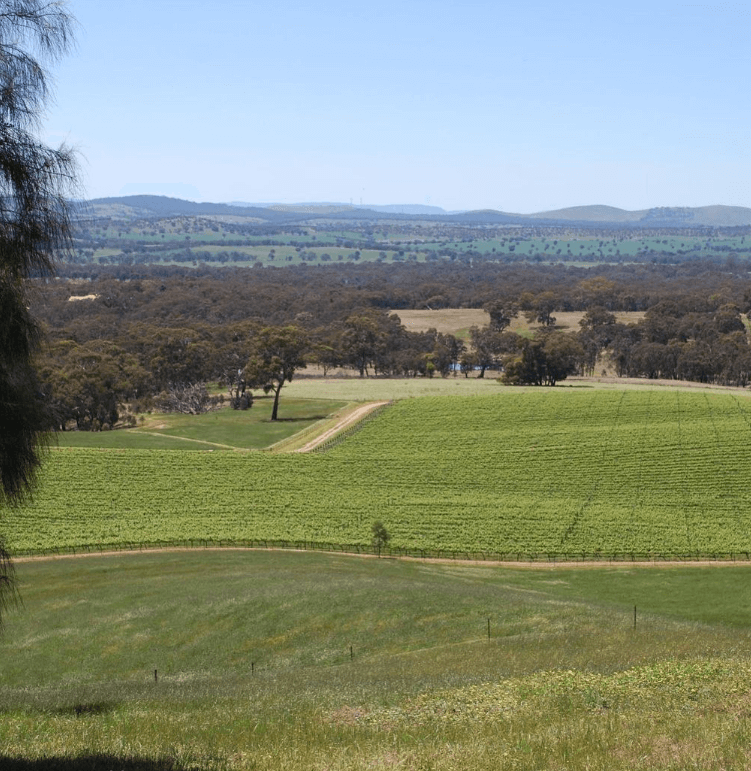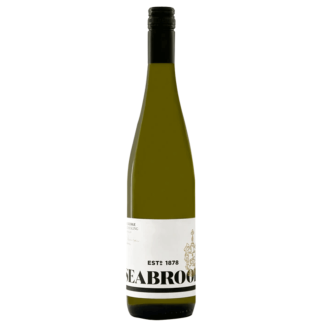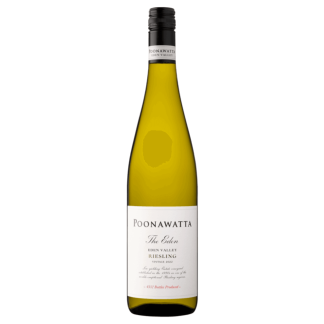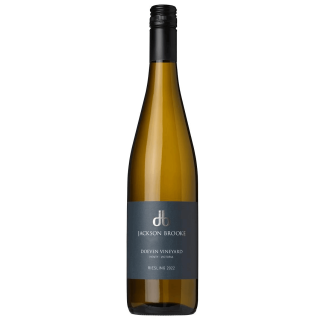Description
About Jackson Brooke Wines
I am faced with some variation of a single comment probably 80% of the time someone finds out that I’m a winemaker. The comment is simple, “I know nothing about wine, except what I like”. In this blog series I hope to shine a little light on why you like what you like, how the wine came to be that way and what wine growing or winemaking manipulations might have been employed to reach the point that you have liked, or not liked a wine.
This first installment will be a brief introduction to the most popular wine styles. Sparkling wines, white table wines, rose table wines, red table wines and sweet wines.
Sparkling Wines
Sparkling wines come from many regions and are produced in multiple ways. The unifying characteristic is, of course, the presence of bubbles (CO2 specifically). Bubbles are normally produced by completing a second fermentation in the bottle. Trends, particularly in Australia, have introduced many consumers to Pet Nat, which is slightly different as it generally involves bottling the wine just prior to the completion of the first fermentation. There are also industrial ways of incorporating bubbles into wine, but I’d rather not dwell on those.
White Table Wines
White table wines are normally produced with white grapes. However, this is not always the case. The importance is not necessarily the colour of the grape, but the method of production. Alcohol is produced by fermentation, in the case of white wines, and as we will see rose, the fermentation occurs in the absence of skins. The sugary juice is separated from the skins into a fermentation vessel (this could be a tank, barrel, ceramic egg etc) and then fermented. The vast majority of grapes have clear juice, even red grapes, so the fermented wine remains clear in the absence of the skins. Further winemaking techniques and the affects they have on white wines will be explored in future posts.
Rose Table Wines
Rose, in a pure sense, must be made from at least some part red grapes (I say ‘pure’ because red wine may be added to white wine to make a Rose, but that’s not what I’m discussing). It does not matter what variety the grape is, the importance here is again, in the winemaking process. The colour of wine is extracted from the skins mostly during fermentation, so if you remove the ‘juice’ from the skins before fermentation has started, then you will have little or no colour in your wine. So, in a sentence, Rose is white wine production, with red grapes.
Red Table Wines
In red wine production, you guessed it, fermentation occurs in contact with the skins. During this time, lasting anywhere from a few days to a few months, the colour and many other compounds with complicated chemical names, are extracted out of the skins and incorporated into the wine. There are many variables throughout this very important period in red wine production that will influence the makeup of the completed wine. In fact, there are so many that multiple future posts will focus on this important process.
Sweet Wines
Production of sweet wines occurs in almost every wine producing region and many have a unique twist that makes the sweet wines in that region different from any others. The first and most obvious characteristic is, of course, the presence of sugar. It is how sugar is present that presents us with the myriad of different styles of sticky wines. Presently I’ll focus on just two broad and distinct methods. First is fortified, think Port, where the wine has a distillate (spirit) added to it at some point during the fermentation. The subsequent increase in alcohol content kills all the active yeast cells and halts fermentation, stabilizing the wine with sugar still remaining. The second method I’m introducing today is the cessation of fermentation by some other means. Normally, this would be the control of temperature and the use of fining agents or filtration. By halting the fermentation prior to its completion, sugars remain and make the wine sweet. The skill of the winemaker is very important in this method, as if viable yeast cells remain in the bottle, the sugars may continue to ferment in the bottle and produce an unintended (and normally not very nice) sparkling wine.


